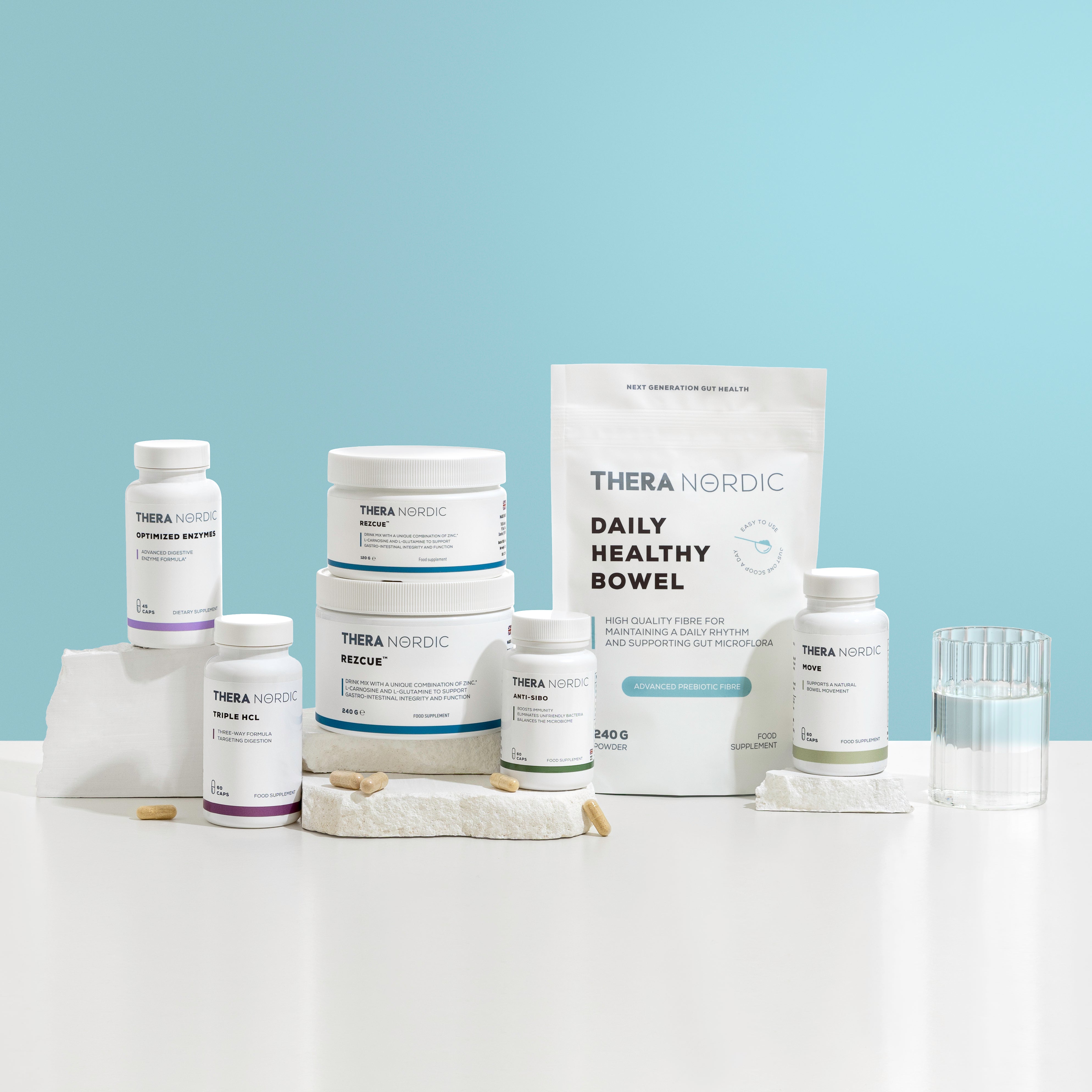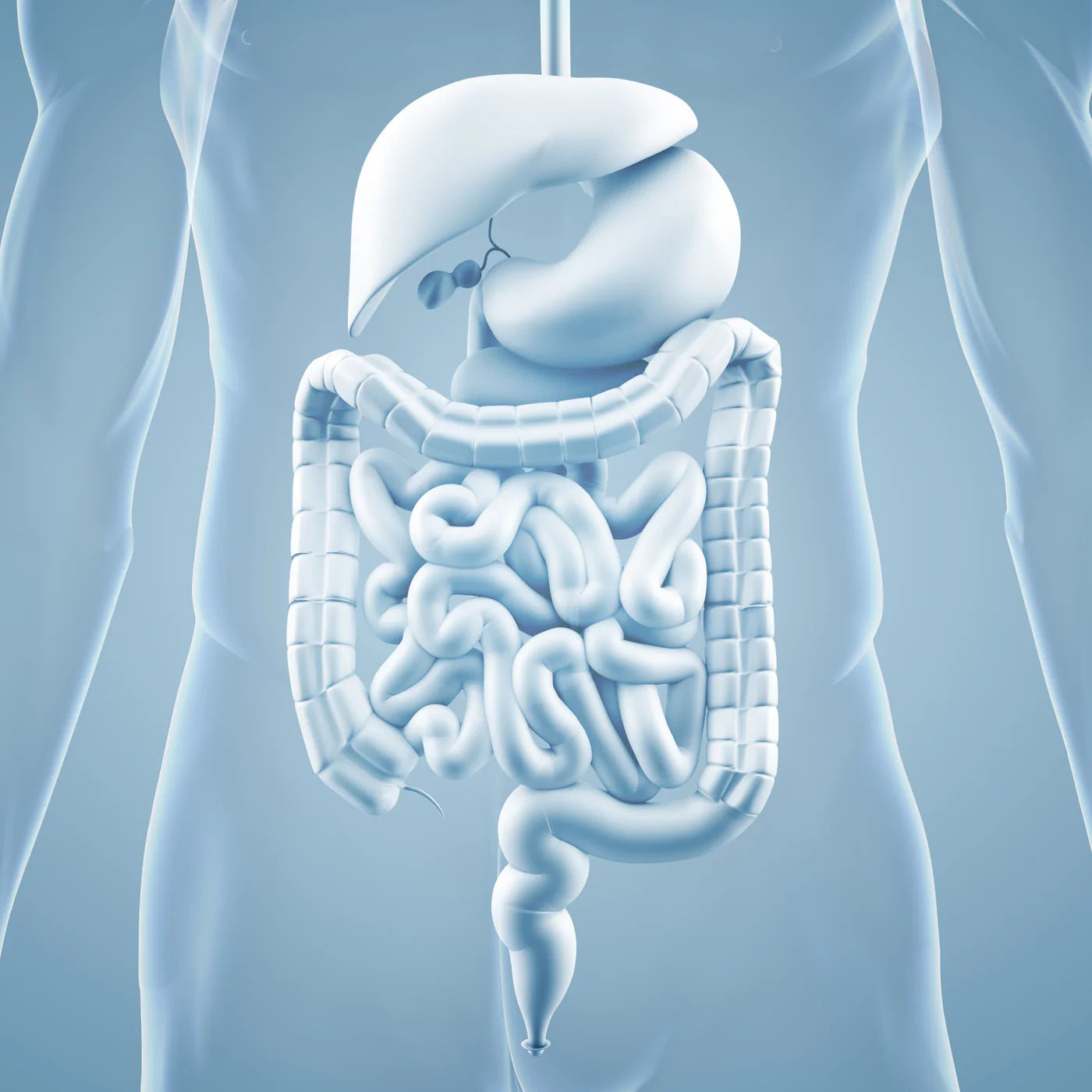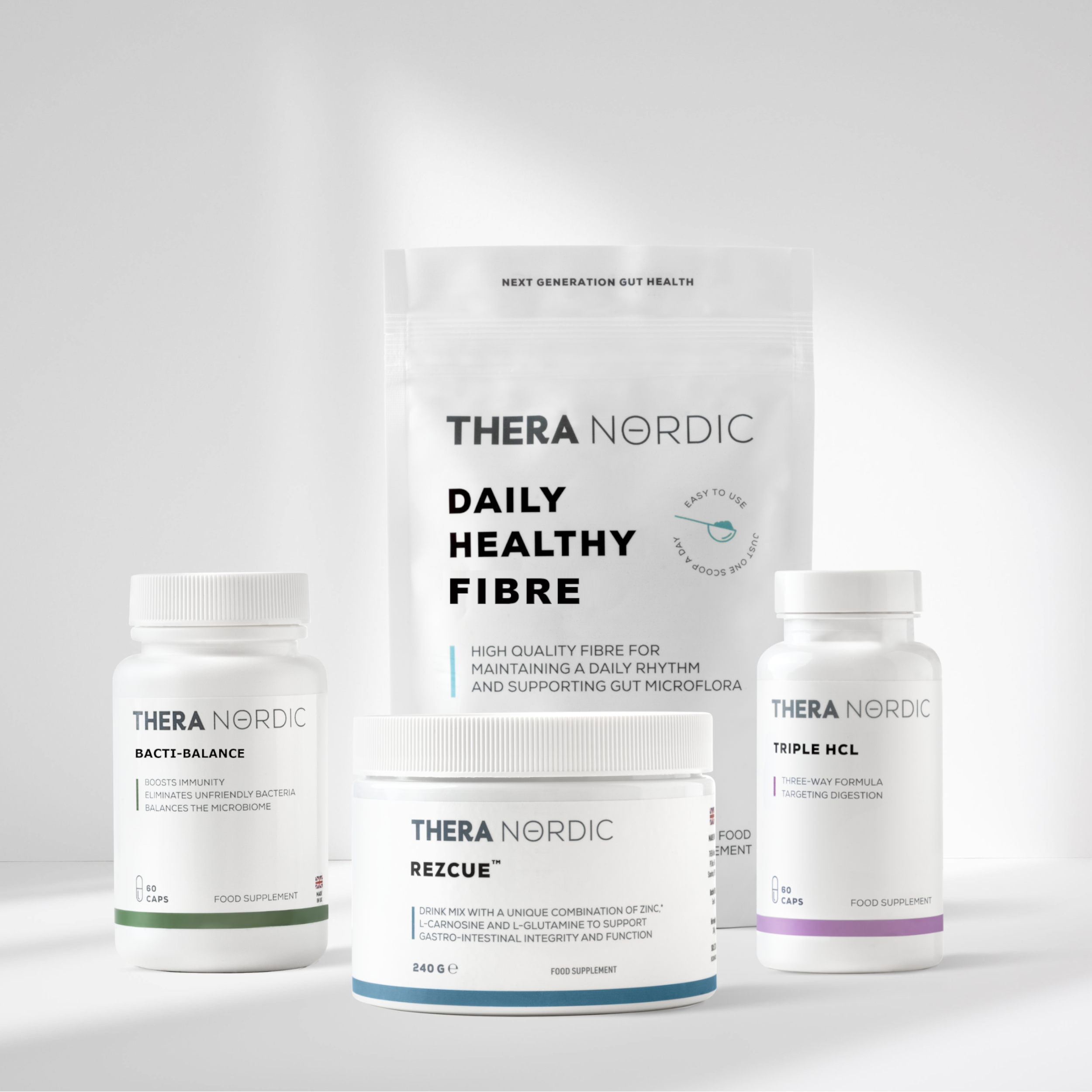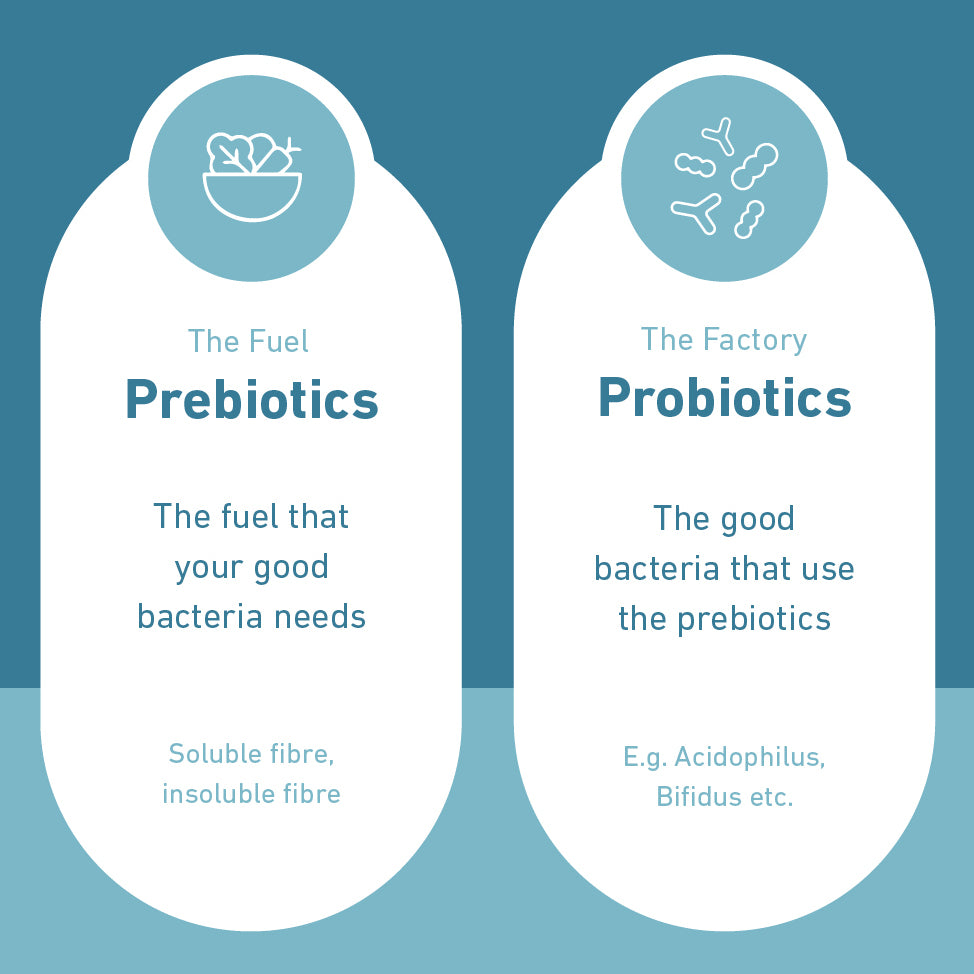If you've been experiencing unexplained digestive discomfort, bloating, or other gut-related issues, the culprit might be hiding in plain sight: your diet – even if it seems perfectly healthy. In this article, we'll delve into the world of FODMAPs to explain what they are, why they matter, and how adjusting your food intake could lead to better gut health.
What Are FODMAPs?
FODMAP is an acronym that stands for Fermentable Oligosaccharides, Disaccharides, Monosaccharides, And Polyols. These are specific types of carbohydrates found in a variety of foods. Here’s a breakdown of each one:
- Fermentable: These carbohydrates are fermented by bacteria in the large intestine.
- Oligosaccharides: Found in wheat, rye, legumes, and certain vegetables like onions and garlic.
- Disaccharides: Lactose, found in milk and dairy products, is a common example.
- Monosaccharides: This includes excess fructose, which is found in foods like honey, apples, and high-fructose corn syrup.
- Polyols: Sugar alcohols like sorbitol and mannitol are found in some fruits and artificial sweeteners.
The challenge is that these compounds often aren’t fully absorbed in the small intestine. As they reach the large intestine, they become a feast for gut bacteria. This fermentation process can produce gas and draw water into the intestines, causing bloating, discomfort, and other digestive symptoms.
Why Consider a Low-FODMAP Diet?
The low-FODMAP diet was developed by Monash University to help manage symptoms of Irritable Bowel Syndrome (IBS) and other functional gastrointestinal disorders. By removing foods that feed undesirable gut bacteria, the diet helps restore balance in the microbiome and alleviate symptoms. The diet provides three main benefits:
- Symptom Relief: Studies show that a low-FODMAP diet can significantly reduce IBS symptoms such as bloating, gas, abdominal pain, and irregular bowel movements.
- Improved Quality of Life: Reducing digestive discomfort can enhance overall well-being, energy levels, and daily functioning.
- Personalised Insights: The diet helps identify specific food triggers, allowing you to tailor your eating habits based on your body's responses.
The Phases of the Low-FODMAP Diet
The low-FODMAP diet is not intended to be followed permanently. Instead, it is divided into three phases:
- Elimination Phase (2-6 weeks): All high-FODMAP foods are removed from the diet to alleviate symptoms.
- Reintroduction Phase (6-8 weeks): Gradually reintroduce one FODMAP group at a time to identify which triggers symptoms.
- Personalisation Phase: Develop a long-term balanced diet that restricts only the problematic FODMAPs, ensuring you get all necessary nutrients.
Foods to Watch: RED, YELLOW, and GREEN Categories
Incorporating data from a comprehensive list, we can categorise FODMAP foods into three main groups: RED (high FODMAP), YELLOW (moderate FODMAP), and GREEN (low FODMAP).
-
RED foods (to avoid):
- Fructans: Garlic, onions (all varieties), leeks (white part), asparagus, artichokes, beetroot (large amounts), brussels sprouts (large amounts), wheat (bread, pasta, cereal, crackers), rye (bread, crackers), barley (bread, beer).
- Galacto-Oligosaccharides (GOS): Chickpeas, lentils, kidney beans, black beans, baked beans, split peas, soybeans
- Lactose: Cow’s milk, yogurt (regular, not lactose-free), soft cheeses (ricotta, cream cheese, cottage cheese), ice cream.
- Fructose: Apples, pears, mangoes, watermelon, cherries, stone fruits (peaches, plums, apricots, nectarines), honey, high-fructose corn syrup, agave syrup.
-
Polyols: Plums, peaches, apricots, cauliflower, nectarines, mushrooms, snow peas.
-
YELLOW foods (moderate FODMAP): Include foods like sweet corn, butternut squash, and certain amounts of avocado.
-
GREEN foods (safe to eat):
- Vegetables like carrots, spinach, bell peppers, and zucchini.
- Fruits like kiwi, oranges, and strawberries.
- Grains like quinoa, buckwheat, and rice.
These lists are just the tip of the iceberg. For a more comprehensive guide, you can refer to this detailed FODMAP chart. For convenience, you can also download the Monash University FODMAP app, which allows you to search for foods and get clear guidance on whether they are allowed or should be avoided.
How Long Should You Follow the Low-FODMAP Diet?
The Elimination Phase should last between 2-6 weeks, depending on how quickly symptoms subside. Once you're symptom-free, move on to the Reintroduction Phase.
During reintroduction, introduce one FODMAP group over a few days while closely monitoring symptoms. It’s essential to take your time during this phase and track your reactions with a food diary. Once you’ve identified your specific triggers, you can transition to the Personalisation Phase—creating a sustainable, balanced diet that minimises FODMAPs but allows as much variety as possible.
A Symbiotic Relationship with Your Gut
Just as feeding beneficial bacteria with prebiotics and fibre can improve gut health, understanding FODMAPs enables you to support a healthy microbiome. Identifying and moderating foods that cause discomfort creates a harmonious environment for your digestive system, leading to improved overall well-being.


















